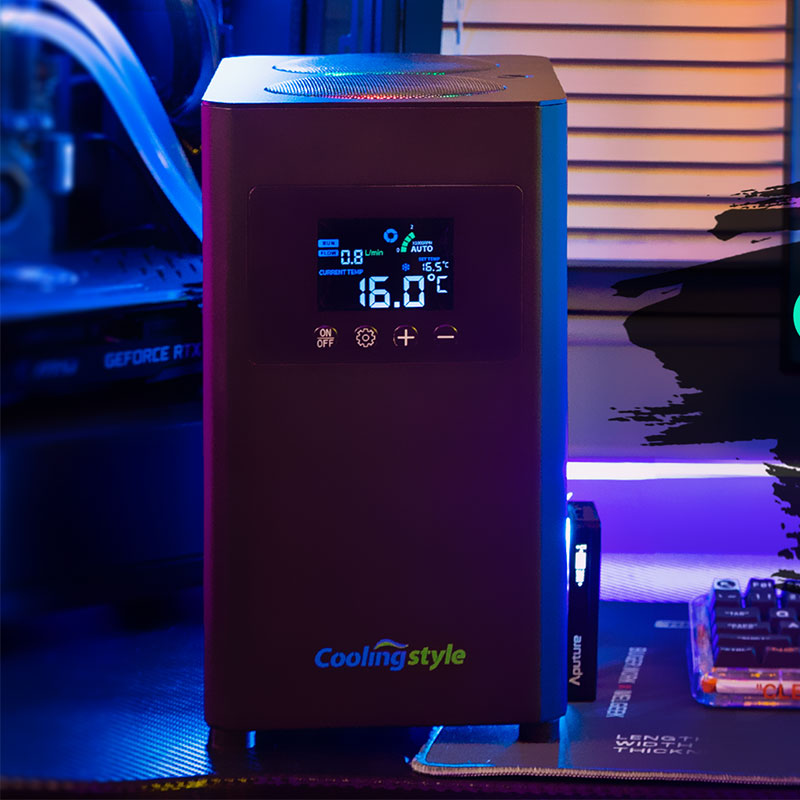Con el auge de los vehículos eléctricos (vehículos eléctricos), Las estaciones de carga eficientes son fundamentales. Sin embargo, La función de alta potencia de los cargadores de vehículos eléctricos genera un calor significativo., Requiriendo soluciones efectivas de gestión térmica.. Los sistemas de refrigeración líquida se han convertido en un punto de inflexión, garantizando un rendimiento y una seguridad óptimos. Este artículo profundiza en la mecánica., eficiencia, y beneficios de los sistemas de refrigeración líquida, especialmente para estaciones de carga de vehículos eléctricos.
Cómo la refrigeración líquida estabiliza las temperaturas de las estaciones de vehículos eléctricos
cargadores de vehículos eléctricos, especialmente aquellos con capacidades de alta potencia, Requieren soluciones de refrigeración robustas para mantener la estabilidad.. Los sistemas de refrigeración líquida ofrecen un enfoque avanzado para gestionar el calor generado durante la carga.. Exploremos cómo funcionan estos sistemas..
Reducción de calor mediante enfriadores
Sistemas de refrigeración líquida, Basado en el principio de refrigeración por compresión de vapor., reducir eficazmente el calor. Originario de principios del siglo XIX., Este principio implica la circulación de refrigerantes en un sistema cerrado., convertir líquido en vapor para disipar el calor. Los enfriadores modernos suministran continuamente líquido enfriado al sistema de agua de proceso., manteniendo la temperatura deseada.
Circuito de circulación de agua para optimización de la temperatura
La clave de la eficiencia de la refrigeración líquida reside en su sistema de circuito de agua.. Los refrigerantes como el agua-glicol circulan a través de cables y conectores., disipar el calor generado durante la carga de alta potencia. Este diseño de circuito cerrado garantiza una refrigeración constante, incluso durante las operaciones pico, Optimización de la temperatura y protección del equipo..
Soluciones de refrigeración líquida: Eficiencia y relevancia del mercado
Los sistemas de refrigeración líquida han demostrado su eficacia en diversas industrias., convirtiéndolos en una opción preferida para la gestión térmica. He aquí por qué se destacan:
Accidentes evitados por la refrigeración líquida
El sobrecalentamiento en los cargadores de vehículos eléctricos puede provocar incidentes de fuga térmica, dañar el equipo y presentar riesgos de seguridad. Cables envejecidos, lubricación insuficiente, y el calor incontrolado exacerban estos problemas. La refrigeración líquida mitiga dichos riesgos al gestionar eficientemente el calor y mantener la integridad del sistema..
Ventajas sobre otros sistemas de refrigeración
- Eficiencia Energética: Reduce el consumo de energía en comparación con los métodos tradicionales..
- Operación silenciosa: Funciona con mínimo ruido..
- Diseño compacto: Requiere menos espacio abierto.
- Seguridad: Los sistemas cerrados minimizan la contaminación y el riesgo..
- Durabilidad: Larga vida útil con rendimiento confiable.
Además, Los sistemas de refrigeración líquida destacan en entornos hostiles debido a su diseño cerrado., evitando que el polvo y los residuos comprometan la funcionalidad.
Eficiencia comprobada y crecimiento del mercado
Los sistemas de refrigeración líquida son cada vez más preferidos por su rendimiento superior.. Según Fortune Business Insights, Se prevé que el mercado mundial de enfriadores de agua crezca desde USD 26.50 mil millones en 2020 a USD 47.64 mil millones por 2027. Los factores clave incluyen la demanda de tecnologías energéticamente eficientes y una mayor conciencia ambiental..
Conclusión
Los sistemas de refrigeración líquida están revolucionando la gestión térmica en las estaciones de carga de vehículos eléctricos y más allá.
- Rendimiento mejorado: La disipación de calor eficiente garantiza un funcionamiento óptimo de los cargadores de alta potencia.
- Mayor seguridad: Minimiza los riesgos asociados con el sobrecalentamiento y fallas del equipo..
- Demanda creciente: La expansión del mercado global subraya su relevancia en todas las industrias..
Fuentes
- Especificador electrónico: Tecnología de refrigeración líquida utilizada en una solución de carga de alta potencia para vehículos eléctricos
- Wikipedia: Incidentes de incendios de vehículos eléctricos enchufables
- NHTSA: Incidentes de fuga térmica
- británica: La máquina de hielo de John Gorrie
- Soluciones de Refrigeración Dinámica: james harrison, Australia, y el primer refrigerador patentado del mundo
- COMO YO: El padre del aire acondicionado








3 pensamientos sobre "Revolucionando la carga de vehículos eléctricos con sistemas de refrigeración líquida”
Muy informativo!
Excellent blog you have here.. It’s hard to find high-quality writing like yours nowadays.
I honestly appreciate individuals like you! Take care!!
Hola! Sólo quería preguntarte si alguna vez has tenido algún problema con los hackers.? mi ultimo blog (wordpress) fue pirateado y terminé perdiendo muchos meses de arduo trabajo debido a que no había respaldo de datos. ¿Tiene algún método para detener a los piratas informáticos??